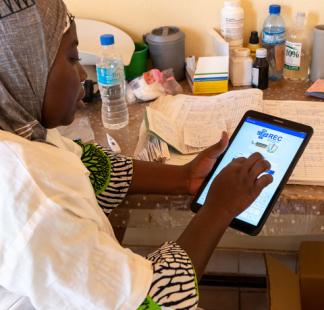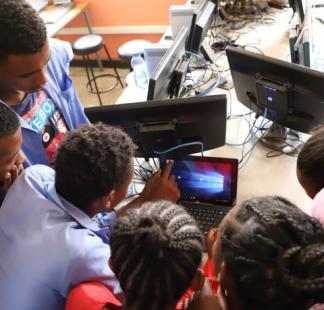Displaying 1 - 12 of 57
31 Oct 2025 - 22 Dec 2025
Online instructor led
Rapid development of digital technologies provides new opportunities for public policy. Technologies such as artificial intelligence, e-government…
Registration:
Open until 12 Oct 2025
Languages:
- English
07 Oct 2025 - 16 Oct 2025
Online instructor led
The Zero Trust Architecture (ZTA) approach is rapidly emerging as a pivotal trend in cybersecurity, particularly for the protection of Critical…
Registration:
Open until 14 Sep 2025
Languages:
- English
29 Sep 2025 - 03 Oct 2025
Face to Face
This training course will equip participants with the knowledge and tools to design and implement scalable, interoperable, and citizen-focused…
Registration:
Open until 29 Jun 2025
Languages:
- English
04 Aug 2025 - 29 Aug 2025
Online instructor led
The course covers the role, functions and basic techniques of spectrum monitoring, and purpose and capabilities of different types of spectrum…
Registration:
Open until 21 Jul 2025
Languages:
- English
07 Jul 2025 - 11 Jul 2025
Face to Face
This course explores the latest trends and innovations in digital technology and examines their implications for digital transformation. It covers…
Languages:
- English
30 Jun 2025 - 04 Jul 2025
Face to Face
A practical and engaging course designed for professionals in telecommunications, this program offers a well-rounded introduction to key tasks,…
Registration:
Open until 11 May 2025
Languages:
- English
24 Jun 2025 - 25 Jul 2025
Online instructor led
While many individuals with disabilities are technologically savvy, persons with disabilities in general are faced with a digital gap. This is…
Registration:
Open until 10 Jun 2025
Languages:
- English
23 Jun 2025 - 27 Jun 2025
Face to Face
Due to high demand, applications for this training are now closed.This summer school is designed to introduce participants…
Languages:
- English
16 Jun 2025 - 13 Jul 2025
Online instructor led
This interdisciplinary course is designed for policy makers and regulators who want to develop a critical understanding of digital trade regulations…
Registration:
Open until 25 May 2025
Languages:
- English
11 Jun 2025 - 13 Jun 2025
Face to Face
This course is designed to provide justice sector professionals with foundational knowledge and practical experience in digital transformation.…
Registration:
Open until 11 May 2025
Languages:
- English
01 Jun 2025 - 30 Jun 2025
Online instructor led
As governments increasingly rely on digital communication tools, emerging threats from AI-driven cyberattacks and post-quantum decryption risks pose…
Registration:
Open until 18 May 2025
Languages:
- English
13 May 2025 - 16 May 2025
Online instructor led
The course explains the e-governance legal framework and its various components. The course introduces the e-governance general legal concept and the…
Languages:
- English








